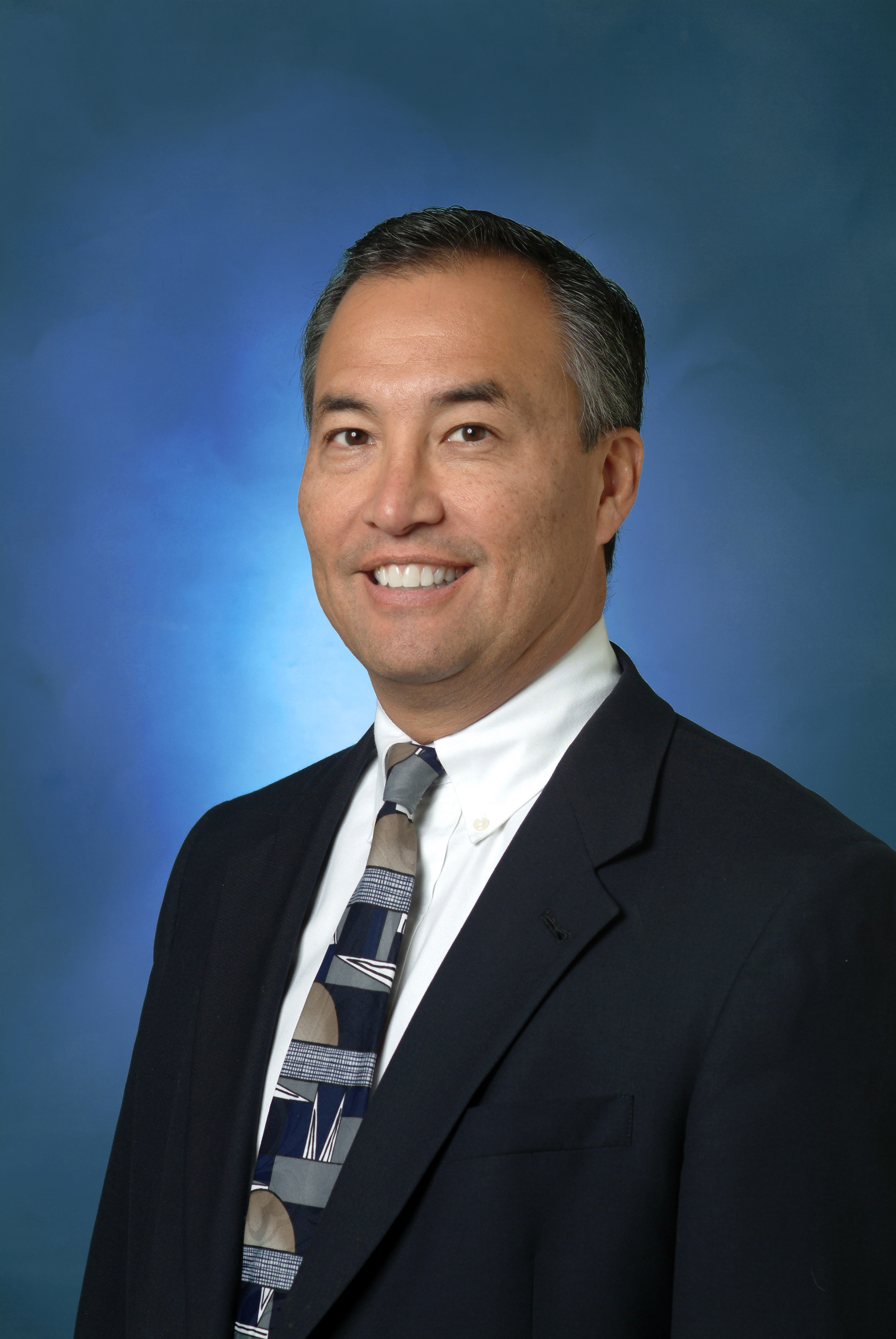This issue of SMACNews deals with industry trends to watch in 2019. We’ve seen a strong trend in leadership over the last decade that continues to gain momentum, and that’s the shift from a singular leader to a team of leaders.
As I began considering a succession plan for the team I’ve led for (almost two decades), I determined that our work was too important and becoming too complex to create an ongoing dependency on a single individual. That’s why I pulled together a team of five, high-capacity next-generation leaders to make sure our best days are ahead, and not behind. Their collective horsepower is inspiring me to stick around and be part of their team for a while before I ride off into the sunset!
Some folks have a less than positive mental image of team-building—an afternoon off-site doing trust falls or singing “Kumbaya” around the campfire. Maybe there’s a place for that, but that’s not where we see teams coming together to accomplish great things.
Here’s an overview of the factors we’re finding are essential for any team to achieve their peak performance.
Developing a team purpose is foundational to a leadership team becoming the catalyst for organizational health and growth. When a group of senior leaders get a glimpse of what can happen when they focus their energies around strategic initiatives, stretch goals, and creative solutions to chronic problems, it’s a game-changer. A clear purpose is how you keep on track, and guard against spending all your time on important but less strategic objectives.
A team becomes aligned when they establish agreements for how they will treat one another, and clarify each member’s role so everyone is clear on who’s doing what. While this seems like common sense, it’s often the least obvious dysfunction of a team, as well the easiest to fix.
Synergy (when the group result is greater than the sum of individual results) can be a corporate buzz word, but we can’t think of a better descriptor for what happens when a team is firing on all cylinders. Rowers call it “swing,” that effortless feeling when near-perfect synchronization of motion occurs in the shell, accelerating both performance and speed. Synergy occurs much more frequently when team members learn to manage conflict, build trust, communicate effectively, and promote real-time feedback.
The great leadership teams focus on what’s strategic, not just the usual operational staff meeting agenda. They can become the collective foot on the accelerator, creating rapid progress as they learn to make great decisions and set strategic goals collectively.
To paraphrase the philosopher G. K. Chesterton, “(Team leadership) has not been tried and found wanting. It has been found difficult; and left untried.” Our point of view is that the benefits are absolutely worth the effort.
